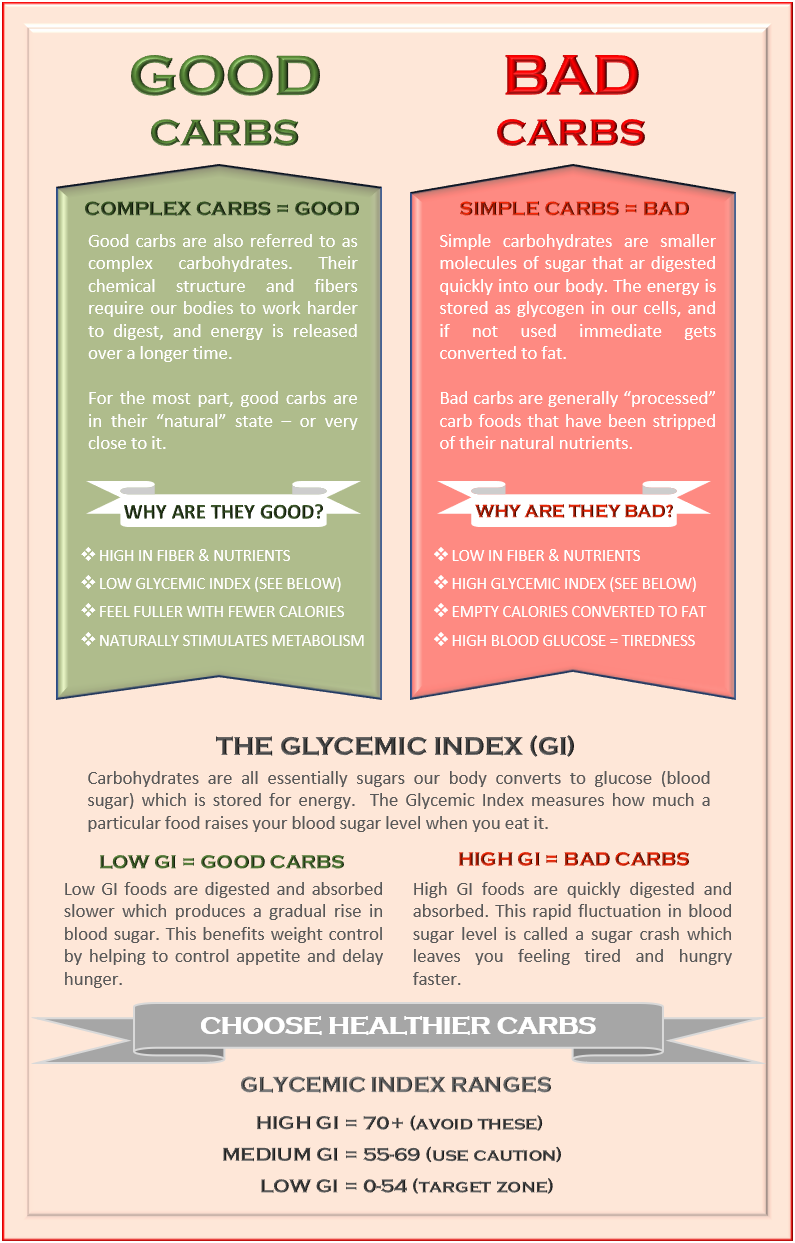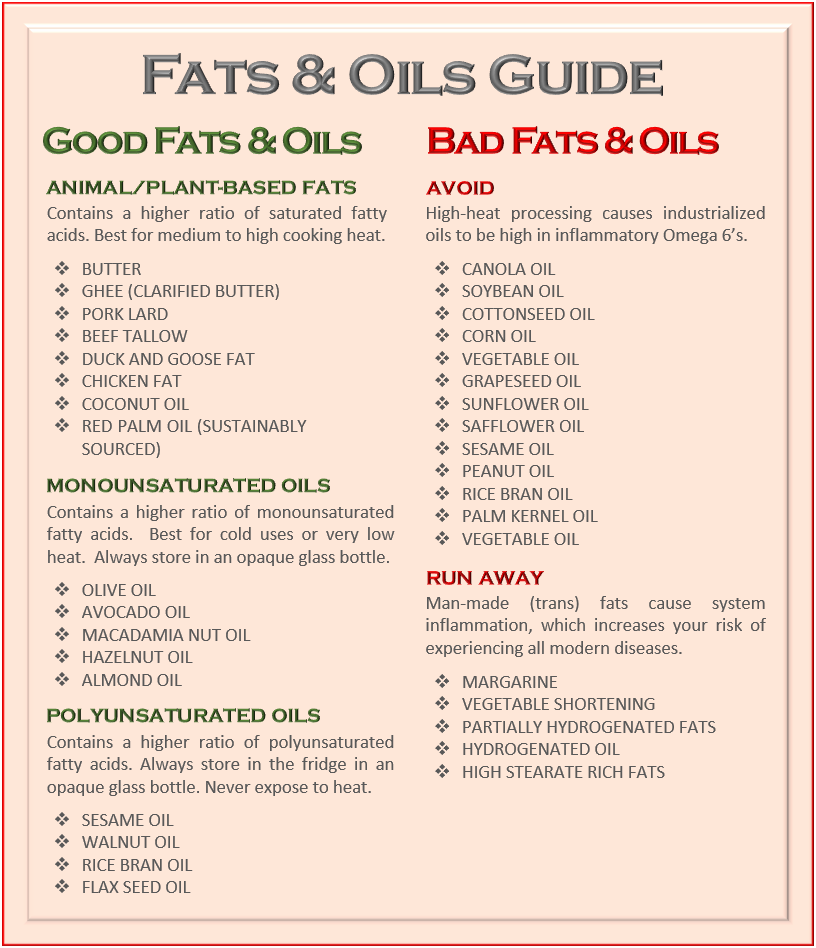Purposeful Primitive Nutritional Planning
Nutrition is a minefield of explosive opinions and opposing theories. Our goal is to establish critical thinking as it relates to nutrition. Our approach puts the science back into eating. We take the subjective out of dieting and relate to you a collective consensus, the nutritional modes and methods used by professional athletes, elite spec ops, MMA fighters and competitive bodybuilders to accelerate workout recovery and accelerate muscle growth. We use nutrition (in conjunction with intense exercise) to favorably manipulate body composition.
The Psychology of Power Nutrition
Power Nutrition is a nutritional philosophy that stresses disciplined yet humane eating. We approach the subject using common sense. The most sophisticated diet is worthless if you cannot adhere to it. The continual trend in orthodox nutrition is to (essentially) tell the dieter to eat perfectly. This is a diet strategy in a vacuum: how easy it is to tell someone to eat nothing but flavor-less, bland food forever. Without a serious psychological element included in any serious discussion of nutrition, our dietary efforts are doomed.
Every act of willpower is finite. If diet modification becomes an exercise in willpower, we will revert to what we were the instant willpower, a finite mental propellant, exhausts itself. Enthusiasm for the dietary process is what we seek. Dietary enthusiasm occurs when we love the diet foods we eat and the dieter sees actual results – tangible, measurable, quantifiable results. Results from nutrition can be defined as a dramatic decrease in body fat and/or a dramatic increase in lean muscle mass. Willpower is finite mental propellant; enthusiasm is infinite and self-regenerating, akin to mental solar power.
Our approach to nutrition starts by having clients identify their preferential, favored, flavorful “power foods.” Everyone has certain favored foods that also happen to be nutrient-dense, power foods and totally acceptable. Once power foods are identified we first encourage increased consumption of these foods at the expense of detrimental foods. Empty calories are replaced with power-packed calories. Then the client has a baseline of eating that can be whittled down over the period of 12-16 weeks. The diet battle ceases to be a battle when flavor is put back into diet foods. Our approach is called “gourmet dieting.”

Power Nutrition Power Foods
Generally speaking, humans fall into one of two taste-preference categories: fat-centric or carb-centric. To favorably alter body composition, the fat-centric eater needs to avoid starchy carbs and the carb-centric eater needs to limit fat intake. Everyone agrees on the value of potent proteins and farm fresh vegetables eaten plentifully. However, when the eater consumes an overabundance of fat and carbs the result is dietary disaster.
We advocate for whole foods and recommend avoiding foods that are processed and refined. Sugar is the enemy of good digestion and sustained energy. It sets off a bad chain reaction in the body that can lead to insulin resistance. This impairs the body's ability to effectively process glucose contributing to weight gain.
If you are a carb-centric eater it is important that when making food selections that you focus on complex carbohydrates over simple carbohydrates. Simple carbs can have their place after an intense workout, but generally are good to avoid. Stripping bodyfat requires controlling insulin which can be difficult for the carb-centric eater. For more information on why controlling insulin matters for fat loss check out this article - "Control Insulin for Fat Loss - Lose the Sugar!"

If you are a fat-centric eater it is important that when making food selections that you focus on healthy fats instead of processed fats.

Periodized Power Nutrition
Once you have a fix on food selection, you need to consider nutritional tactics. First you need to establish realistic nutritional goals, and then place these goals into a periodized timeframe. By establishing realistically attainable weekly mini-goals you can systematically and consistently achieve the larger goal (get stronger, get leaner) over a predetermined timeframe.
It is first important to make your nutrition goals realistic and gradually reduce calories over a protracted period of time to lose weight or add calories to gain weight. Generally men can stick to a plan of loss or gain of 1-2lbs/week. For women this weekly goal can be a bit more difficult due to hormonal fluctuations. Their loss might be 4-8lbs/month. Food selections need to be clear at the beginning of a Power Nutrition cycle to establish a baseline of eating and decide on daily meal volume and timing. We think less about just counting calories and more about nutritional content and portion size.
Many roads lead to Rome when it comes to developing a Power Nutrition cycle. We recommend to clients to create a log of their intake over the course of 3-5 days. This aids the dieter in understanding their current intake. Are they preferentially drawn to carbs or fat? What foods do they enjoy eating? How much and how often do they eat? When taking an inventory of their current nutritional situation the dieter can then make sustainable choices for sustainable changes to their physique.
Based on the information learned from their nutrition log dieters can then pick a nutritional strategy based on their individual likes and circumstances. This allows them to set periodized goals. We recommend breaking these goals out into 4 week increments over a 12 week period of time making small changes each week to portion size. The two strategies that we advocate are 4-5 mini meals/day or intermittent fasting.
The 4-5 mini-meal/day schedule mimics how champion bodybuilders eat. This helps the body to always stay in a positive nutrient balance to optimize muscular growth. This tends to require a lot more planning and keeping to a regimented schedule of eating every 2-3 hours through the course of the day. Sample timing might look like - 6a, 9a, 12p, 3p, 6p. For more information on this strategy check out this post - Parrillo Performance – John Parrillo
Intermittent fasting (IF) requires that the dieter have a good control over their carbs levels and this strategy tends to be better for those wanting to be fat-centric eaters. Crescendo fasting is a great way to prepare the body for IF. See tables below showing the shift from crescendo fasting to IF and a sample IF table. For more information on IF check out this post - "The Guide to Intermittent Fasting."
Nutrition is a very individual thing for most folks. Please let us know if you have any additional questions after reading through this planning page. You can submit your question via the form below.

MARTY GALLAGHER // Purposeful Primitive Author
We want to hear from you!
Tell us about your training experiences and feel free to forward any training questions to us by clicking on the button below.


